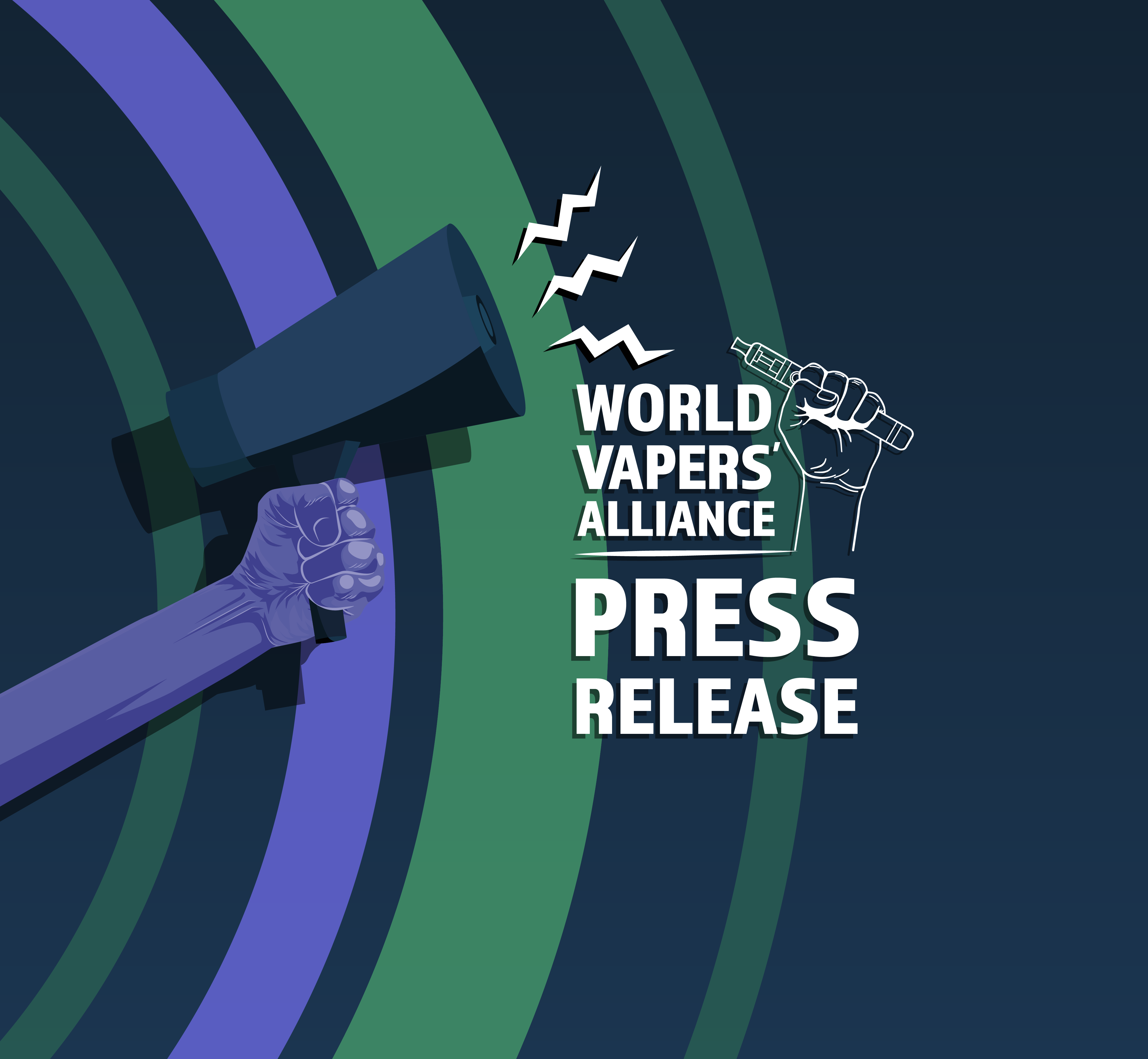2025. urtea da, eta Afrikak aukera paregabea du berriro ere berrikuntzarantz jotzeko eta Suediako erretzeari uzteko eredu arrakastatsutik ikasgaiak hartzeko, erretzearen epidemiari aurre egiteko. Suedia duela gutxi bihurtu da Europako lehen kea gabeko herrialdea, erretzaileak alternatiba gutxiago kaltegarrietara aldatzera bultzatzeko duen ikuspegi aurrerakoiari esker, hala nola ahozko nikotina poltsetara.
Debeku-politiketan soilik oinarritu beharrean, Suediak kalteak murriztea bereganatu du, produktu horiek legalki eskuragarri egotea, arautzea eta aukera seguruago gisa sustatzea baimenduz. Ikuspegi pragmatiko honek munduko erretze-tasa eta tabakoarekin lotutako gaixotasunen zama baxuenetako bat ekarri du.
Garatutako herrialdeek aurrerapen handiak egiten ari dira kea galtzeko helburuetarako bidean, estrategia berritzaileen bidez, hala nola, lurrungailu produktuak eta nikotina poltsak zabaltzea barne hartuta. Alternatiba horiek legez saltzea eta arautzea baimenduz, Erresuma Batua, Suedia eta Zeelanda Berria bezalako herrialdeek erretze-tasen jaitsiera nabarmena izan dute, tabakoarekin lotutako gaixotasunen zama murriztuz.
Aitzitik, Afrikako Saharaz hegoaldeko garapen bidean dauden herrialde askok erretze-tasa altuekin borrokan jarraitzen dute, politika murriztaileen, informazio okerraren eta nikotina produktu kaltegarri gutxiagoetarako sarbide faltaren ondorioz. Bizitzak salbatzeko frogatutako tresna horiek erabili beharrean, gobernu batzuek tabakoaren kontrolerako ikuspegi zaharkituak mantentzen dituzte, eta horiek ez diete erretzaileei irtenbide seguruagorik eskaintzen; horrela, saihestu daitezkeen heriotzak iraunarazten dituzte eta dagoeneko gainkargatuta dauden osasun-sistemak zailtzen dituzte.
Ameriketako Estatu Batuek osasun publikoko programetarako finantzaketa murrizten duten heinean, Afrikako nazioek ez dute beste aukerarik izango osasun-ekimen kritikoak mantentzeko laguntza-iturri alternatiboak bilatzea baino. Historikoki, AEBko laguntzak nabarmen finantzatu ditu gaixotasunen prebentzioa, tratamendua eta kalteak murrizteko ahaleginak kontinente osoan.
Hala ere, aurrekontuak murrizten eta lehentasun geopolitikoak aldatzen ari direnez, orain osasun-kezka larriei aurre egiteko estrategia autosufizienteak aztertu behar ditugu. Gehienbat baztertua izan den arlo bat erretzeari uztea da. Erretzearekin lotutako gaixotasunen zama handia izan arren, Afrikako herrialde askok ez dute erretzeari uzteko programa eraginkorrik eskura, eta milioika erretzaile uzten dituzte uzteko aukera bideragarririk gabe.
Kalteak murrizteak doako aukera bat eskaintzen du gaur egun bizitzak salbatzeko, erretzaileak zigarro sukoi hilgarrietatik aldenduz alternatiba gutxiago kaltegarrietara eramanez. Erretzeari uzteko metodo farmazeutiko garestiek ez bezala, alternatiba hauek ez dute gobernuaren gasturik behar, baina frogatu da erretzearekin lotutako arriskuak nabarmen murrizten dituztela. Politika egokiekin, Afrikak bere osasun publikoaren etorkizuna bere gain har dezake eta kea gabeko belaunaldi baterantz joan daiteke atzerriko laguntzaren menpe egon gabe.
Oharra: World Vapers' Alliance webgunean argitaratutako gonbidatuen argitalpenetan adierazitako iritziak eta ikuspuntuak egile bakoitzarenak dira eta ez dute zertan ordezkatu World Vapers' Alliance-ren edo bere afiliatuen ikuspuntuak edo jarrerak. Hirugarrenen edukia argitaratzeak ez du esan nahi WVAk bertan adierazitako ikuspuntuak babesten dituenik.





Erantzun bat